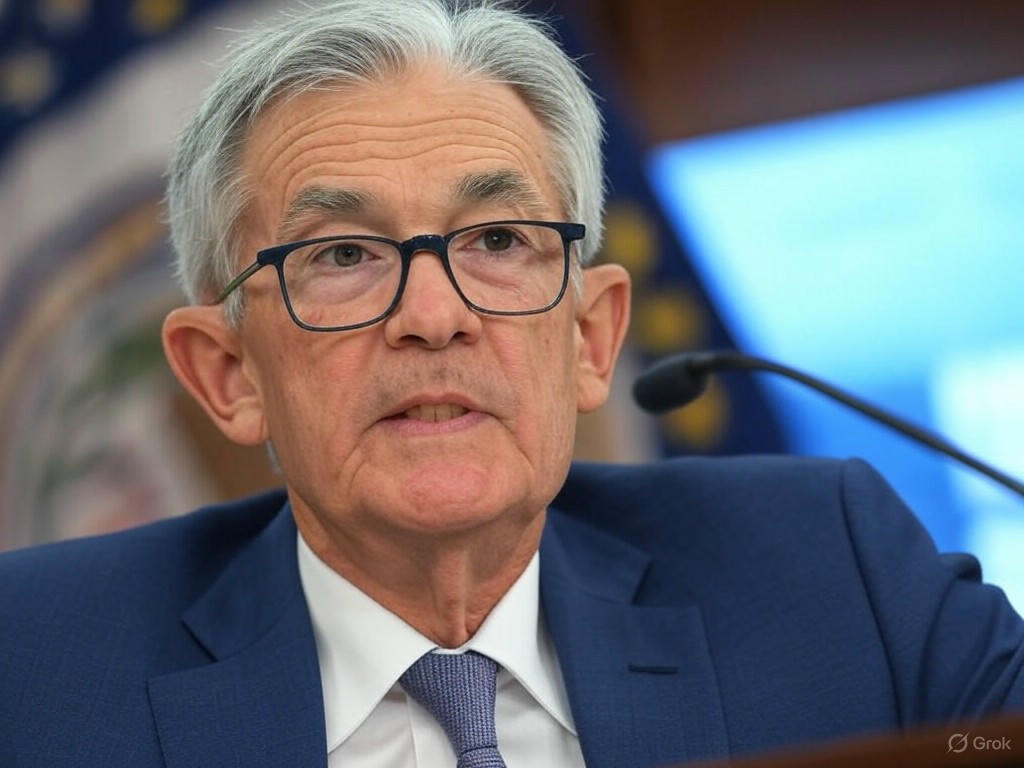Federal Reserve Stands Firm on Rates Despite Political Pressure
In a climate of economic uncertainty and political tension, the Federal Reserve is poised to maintain its current interest rates, undeterred by external calls for reductions. As the central bank navigates a complex landscape shaped by trade disputes and unpredictable policy shifts, its focus remains on data-driven decisions rather than political rhetoric. Analysts anticipate that the Fed will hold steady during its upcoming meeting, prioritizing stability over hasty adjustments.
The decision comes against the backdrop of ongoing trade tensions, which have injected volatility into global markets. Tariffs and retaliatory measures have disrupted supply chains, leaving businesses and investors on edge. While some leaders have publicly urged the Fed to lower rates to stimulate growth, the central bank appears committed to a cautious approach. Instead of reacting to immediate pressures, Fed officials are reportedly waiting for more concrete economic indicators to assess the true impact of these disruptions. Inflation trends, employment figures, and consumer spending data are among the critical metrics under scrutiny as the bank seeks to balance growth with financial stability.
This stance reflects the Fed’s long-standing commitment to independence, even in the face of high-profile criticism. Lowering rates could provide a short-term boost to the economy by making borrowing cheaper, but it also risks fueling inflation or creating asset bubbles if done prematurely. By holding rates steady, the Fed signals its intent to avoid knee-jerk reactions and instead focus on long-term economic health. Economists note that this patience could prove vital in an era marked by unpredictable policy changes and external shocks. For businesses, this means continued uncertainty in borrowing costs, but also a measure of reassurance that the central bank is not bowing to external influence.
Market reactions to the Fed’s anticipated decision have been mixed. Some investors express frustration over the lack of immediate stimulus, particularly in sectors heavily impacted by trade disputes. Others, however, view the central bank’s restraint as a sign of prudence, potentially preventing more severe economic imbalances down the line. Financial experts suggest that the Fed’s current strategy may also be an attempt to preserve its credibility, ensuring that future rate decisions are perceived as grounded in evidence rather than political expediency.
As the Federal Reserve prepares to announce its latest policy stance, the eyes of the business world remain fixed on how it will navigate these turbulent waters. While calls for rate cuts may persist, the central bank’s resolve to prioritize data over discourse underscores its role as a stabilizing force. For now, the message is clear: the Fed will chart its own course, guided by economic realities rather than external demands. This approach may not satisfy everyone, but it reinforces the importance of an independent monetary policy in safeguarding the nation’s financial future.


